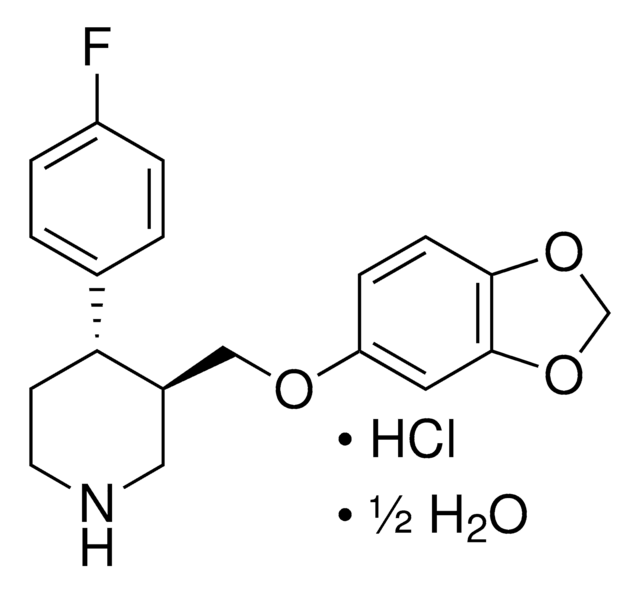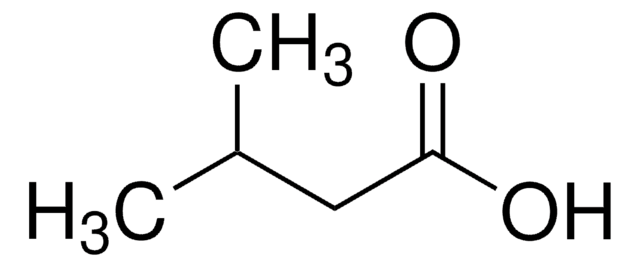P5561
Propionic acid
BioReagent, suitable for insect cell culture, ~99%
Sinónimos:
Acid C3, Propanoic acid, Propanyl acid
About This Item
Productos recomendados
vapor density
2.55 (vs air)
Quality Level
vapor pressure
2.4 mmHg ( 20 °C)
product line
BioReagent
assay
~99%
autoignition temp.
955 °F
expl. lim.
12.1 %
technique(s)
cell culture | insect: suitable
refractive index
n20/D 1.386 (lit.)
bp
141 °C (lit.)
mp
−24-−23 °C (lit.)
solubility
H2O: soluble
density
0.99 g/mL at 25 °C (lit.)
0.993 g/mL at 25 °C (lit.)
SMILES string
CCC(O)=O
InChI
1S/C3H6O2/c1-2-3(4)5/h2H2,1H3,(H,4,5)
InChI key
XBDQKXXYIPTUBI-UHFFFAOYSA-N
¿Está buscando productos similares? Visita Guía de comparación de productos
General description
Application
¿No encuentra el producto adecuado?
Pruebe nuestro Herramienta de selección de productos.
signalword
Danger
hcodes
Hazard Classifications
Eye Dam. 1 - Flam. Liq. 3 - Skin Corr. 1B - STOT SE 3
target_organs
Respiratory system
Storage Class
3 - Flammable liquids
wgk_germany
WGK 1
flash_point_f
129.2 °F - closed cup
flash_point_c
54 °C - closed cup
ppe
Faceshields, Gloves, Goggles, type ABEK (EN14387) respirator filter
Certificados de análisis (COA)
Busque Certificados de análisis (COA) introduciendo el número de lote del producto. Los números de lote se encuentran en la etiqueta del producto después de las palabras «Lot» o «Batch»
¿Ya tiene este producto?
Encuentre la documentación para los productos que ha comprado recientemente en la Biblioteca de documentos.
Los clientes también vieron
Nuestro equipo de científicos tiene experiencia en todas las áreas de investigación: Ciencias de la vida, Ciencia de los materiales, Síntesis química, Cromatografía, Analítica y muchas otras.
Póngase en contacto con el Servicio técnico















